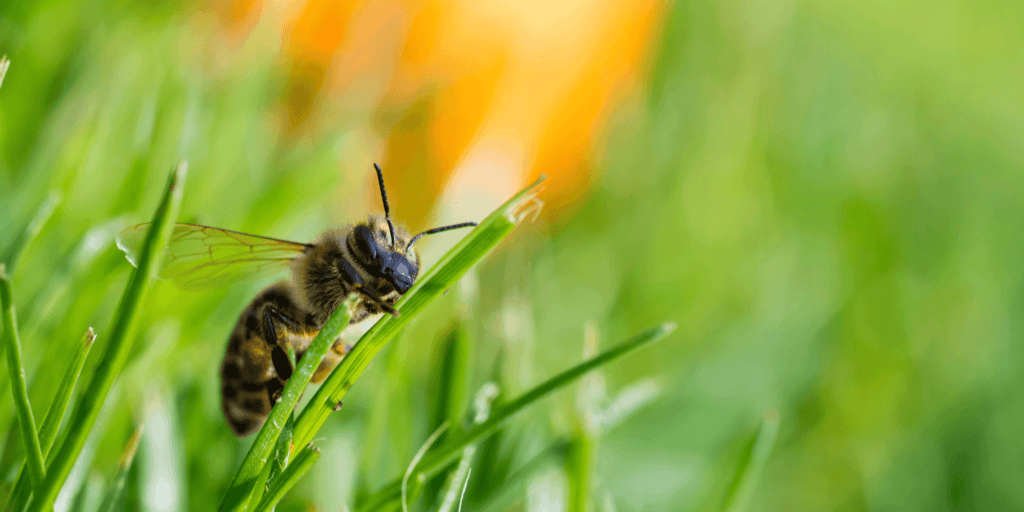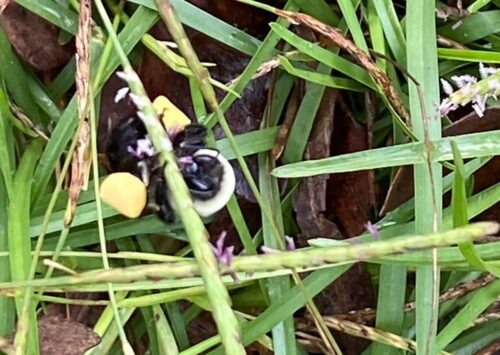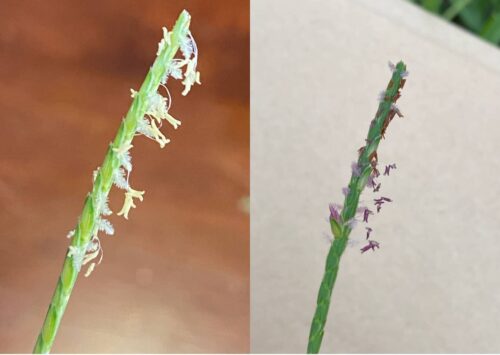

The Surprising Benefits of Turfgrass: A Food Resource for Bees
Did you know that the turfgrass in your yard can serve as a food source for pollinators? Dr. Karen Harris-Shultz, a research geneticist with the USDA Agricultural Research Service in Tifton, GA, is leading the charge in the finding that many grasses, even some turfgrasses, can serve as a pollen food source for bees and hoverflies. Her findings are groundbreaking and could change the way we think about our lawns.
Harris-Shultz’s research shows that grasses provide a wealth of resources for bees and other pollinators. This means that homeowners can take steps to make their yards more pollinator-friendly simply by altering their mowing habits and limiting their use of insecticides.
“Anytime you can provide data to show the ecosystem services that turfgrass provides, it benefits the turfgrass industry,” she explains. And with thousands of bees collecting pollen from the inflorescences (or flower head of the grass) of centipedegrass alone, it’s clear that the benefits are significant.
So the next time you look out at your lawn, remember that it’s not just a pretty sight – it’s a vital part of our ecosystem.
“Our research results show that turfgrasses can serve as a food source for pollinators. I find this extremely exciting and homeowners can observe bees right in their yards,” she said.
Harris-Shultz has heard turfgrasses referred to as ‘biological wastelands’ that provide no resources to bees in seminars and on social media for years. Often grasses are dismissed as being primarily self and wind pollinated with no use for bees. But that was in fact quite opposite from what she’d been seeing in her home lawn and those of her friends. She recalls a particular memory walking over acres of centipedegrass and seeing thousands of honeybees collecting pollen from the inflorescences.
“The buzzing sound from all the bees was amazing. I started to pay more attention to bees on warm-season turfgrasses after this, realized this would be an exciting avenue of research, and recruited University of Georgia entomologist Shimat Joseph and physiologist David Jespersen for our first project together.”
Recent Research Conducted in Tifton and Griffin, GA
In their first study to address if turfgrass lawns are ‘biological wastelands’, Joseph, Harris-Shultz and Jespersen found that 13 different genera of bees were present in centipedegrass lawns in Central and South Georgia. The most commonly found bees were sweat bees (of generas Lasioglossum, Augochlorella), bees of the genus Halictus, long-horned bees and bumblebees. Sweat bees of the genus Lasioglossum were most frequently captured (137 of 173 collected). Many of the bees found were ground-nesting bees.
The second project, led by Joseph examined what pollinators directly consume or collect pollen from centipedegrass inflorescences. The setup consisted of 11 centipede lawns in central Georgia, mowed every 14 days, and sampled 12-13 days after mowing. The study observed pollinators collecting or consuming pollen on the inflorescence between 9:30 a.m. and 1 p.m. Seven species of insects were found consuming or collecting centipedegrass pollen and the most commonly found insects were hoverflies, sweat bees (genera Lasioglossum), bumblebees and honeybees.

A bumblebee collecting centipedegrass pollen from a home lawn in Georgia.
From both studies, bees are present in centipedegrass lawns, and hoverflies and bees are feeding on centipedegrass pollen. Harris-Shultz encouraged caution when using insecticides that impact bees and hoverflies on centipedegrass lawns and if you want pollinators to feed on your lawn don’t mow off the flowers when your lawn is actively flowering. Once the lawn has flowered be sure to mow to create new flowers, otherwise the lawn will start to produce seed instead of flowers.
Centipedegrass flowers from the top of the inflorescence to the bottom (Figure 2). The anthers are key here. They contain the pollen. If you look at the centipedegrass seed heads in your lawn and the anthers look healthy or are just starting to flower don’t mow. If the seed heads have anthers that are all dried out, it’s time to mow.

Centipedegrass inflorescences. The left photo has yellow anthers (the anthers are the parts of the inflorescence that look like the letter X on a thin white string) and the right photo has purple anthers. The photo on the left has all healthy anthers whereas the photos on the right half of the anthers are starting to dry and turn brown.
Jonathan O’Hearn, entomologist, recently joined the USDA-ARS in Tifton and is interested in bees that forage on grasses. Their planned Spring 2023 experiment is to answer the question, “How does mowing frequency, irrigation and fertility impact pollinators collecting pollen from bermudagrass (Celebration® Bermudagrass), centipedegrass (common) and zoysiagrass (EMPIRE® Zoysia).”
Harris-Shultz explained that they are hoping to get 2-3 years of data from the Summer 2023 experiment. She is hopeful once they know what turfgrasses provide a food source for bees, people will start to notice them more on grasses. She shared that an estimated 75% of the world’s flowering plants and 90% of the world’s food crops depend on pollinators to reproduce, yet pollinator populations have been in decline worldwide for several decades. She also explained that bees and hoverflies have been documented consuming pollen from almost 100 species of grasses but that those interactions are often overlooked and understudied. “The grasses are serving as a food source for bees,” she said. Just looking at warm-season turfgrasses, bees have been observed collecting pollen from centipedegrass, bermudagrass (common type, not the pollen sterile hybrids) and bahiagrass.
Turfgrass Genetic Analysis and Background
Harris-Shultz has been on the cutting edge of DNA research in grass as well. When she started at Tifton, there were few genetic markers available for turfgrass. She created the first sets of microsatellite markers (small pieces of DNA that repeat) for bermudagrass and centipedegrass and said that over the years there have been many improvements in genetic technologies and phenotyping.
“For turf genotyping, I look at the DNA using markers usually microsatellite markers,” said Harris-Shultz. Markers and flow cytometry are very useful for determining a myriad of stakeholder problems. Over the years she has genotyped almost 1,500 samples received from sod producers, golf courses, researchers etc. to determine the cultivars they have, identify contaminants, or to determine genetic relationships.
Harris-Shultz shares that she’s loved plants since she was young and over the past 10 years, her interests have expanded to insects. She explained her experiences in college and undergraduate programs exposed her to biological research.
“After I graduated from the University of Tennessee as a Biology major with concentrations in Ecology and Evolution and Biochemistry and Cell Biology, I thought about what my favorite things were which were plants and biochemistry,” said Harris-Shultz. “I applied to several graduate programs, visited their campuses and faculty, and I felt most at home in the Biochemistry department at Texas A&M University.”
Harris-Shultz looks forward to continuing her research on pollinators and turfgrass.
This article was written by Cecilia Brown.




